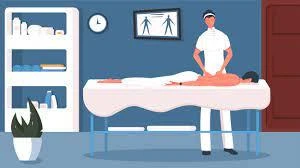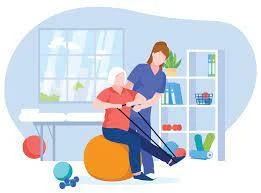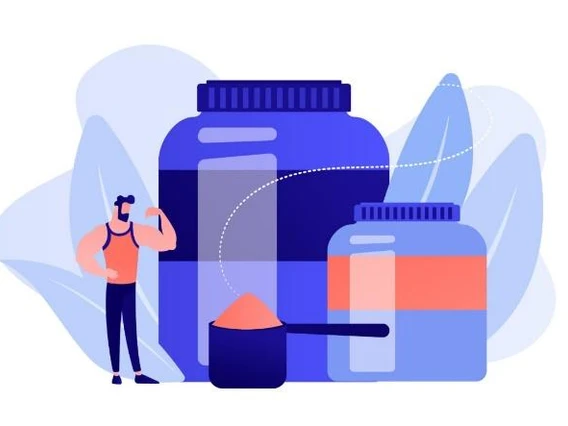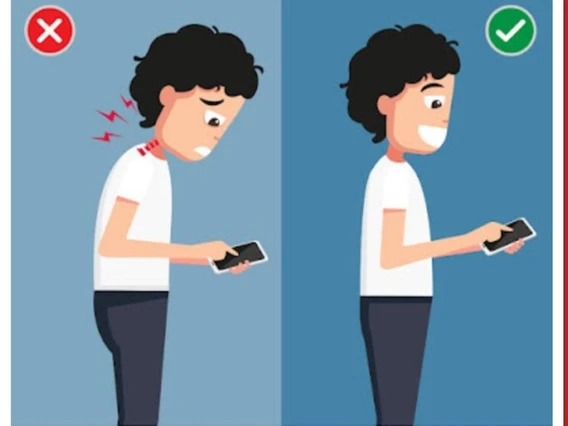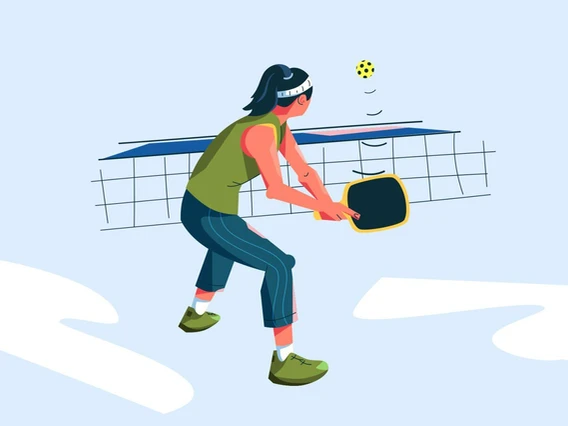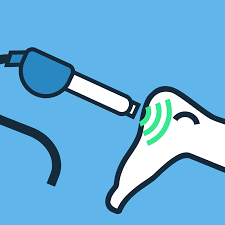How to Treat Tennis Elbow?
Tennis elbow, or lateral epicondylitis, is a condition characterized by pain and inflammation on the outer side of the elbow. Despite its name, tennis elbow is not limited to tennis players and can affect anyone who repeatedly uses their forearm muscles and tendons. Here are some strategies for treating tennis elbow:
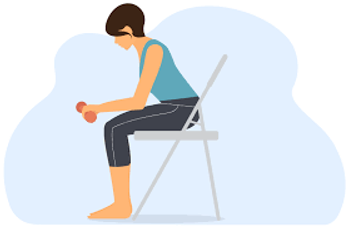
1. Rest and Avoidance of Aggravating Activities:
- Give your elbow time to rest and avoid activities that worsen the pain, especially those involving gripping and repetitive wrist movements.
2. Ice Therapy:
- Apply ice to the affected area for 15-20 minutes at a time, several times aday, to reduce inflammation and alleviate pain.
3. Compression and Elevation:
- Consider using a compression bandage to help reduce swelling. Elevatingthe affected arm can also be beneficial.
4. Use of a Brace or Strap:
- Wearing a brace or strap around the forearm, just below the elbow, can help relieve strain on the affected tendon.
5. Topical Pain Relief:
- Over-the-counter creams or patches containing anti-inflammatory medications may provide local pain relief.
6. Nonsteroidal Anti-Inflammatory Drugs (NSAIDs):
- Medications like ibuprofen or naproxen can help reduce pain and inflammation. It’s important to consult with a healthcare professional before using medication.
7. Stretching Exercises:
- Gentle stretching exercises can help improve flexibility and reduce tension in the forearm muscles. Wrist flexor and extensor stretches are commonly recommended.
8. Strengthening Exercises:
- Gradual strengthening of the forearm muscles is important for rehabilitation. Eccentric exercises (exercises that focus on controlled lengthening of the muscle) can be particularly effective.
9. Physical Therapy:
- A physical therapist can design a customized exercise program, provide guidance on proper technique, and use modalities such as ultrasound to aid in recovery.
10. Massage and Myofascial Release:
- Massage therapy and myofascial release techniques can help release tension in the muscles and promote healing.
11. Joint Mobilization:
- Some individuals may benefit from joint mobilization techniques provided by a qualified healthcare professional.
12. Workplace Ergonomics:
- Evaluate and adjust your workplace ergonomics to ensure proper positioning and reduce strain on the elbow during activities.
13. Gradual Return to Activity:
- Once symptoms improve, gradually reintroduce activities and exercises to avoid overloading the affected tendon.
14. Injections:
- In some cases, a healthcare professional may recommend corticosteroid injections to reduce inflammation. However, these are typically reserved for more severe or persistent cases.
- PRP and prolotherapy injections are other considerations.
15. Extracorporeal Shock Wave Therapy (ESWT):
- ESWT is a non-invasive treatment that uses shock waves to stimulate healing. It may be considered in cases that do not respond to conservative treatments.
It’s important to note that the effectiveness of treatments may vary, and recovery from tennis elbow can take time. If symptoms persist or worsen, it’s advisable to consult with a healthcare professional for further evaluation and guidance. In some cases, more advanced interventions or surgical options may be considered.





